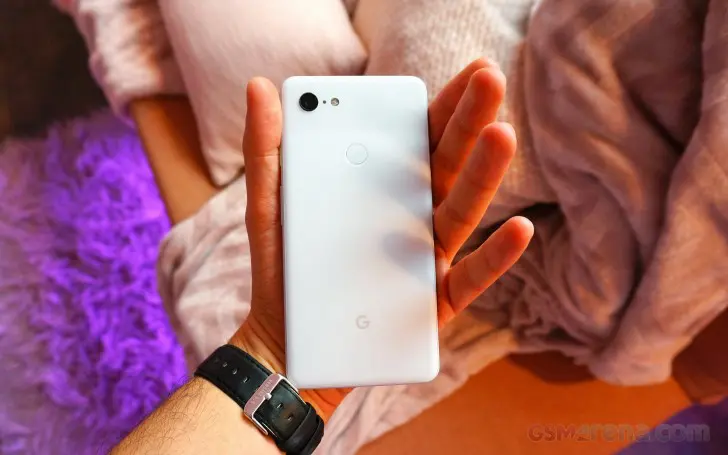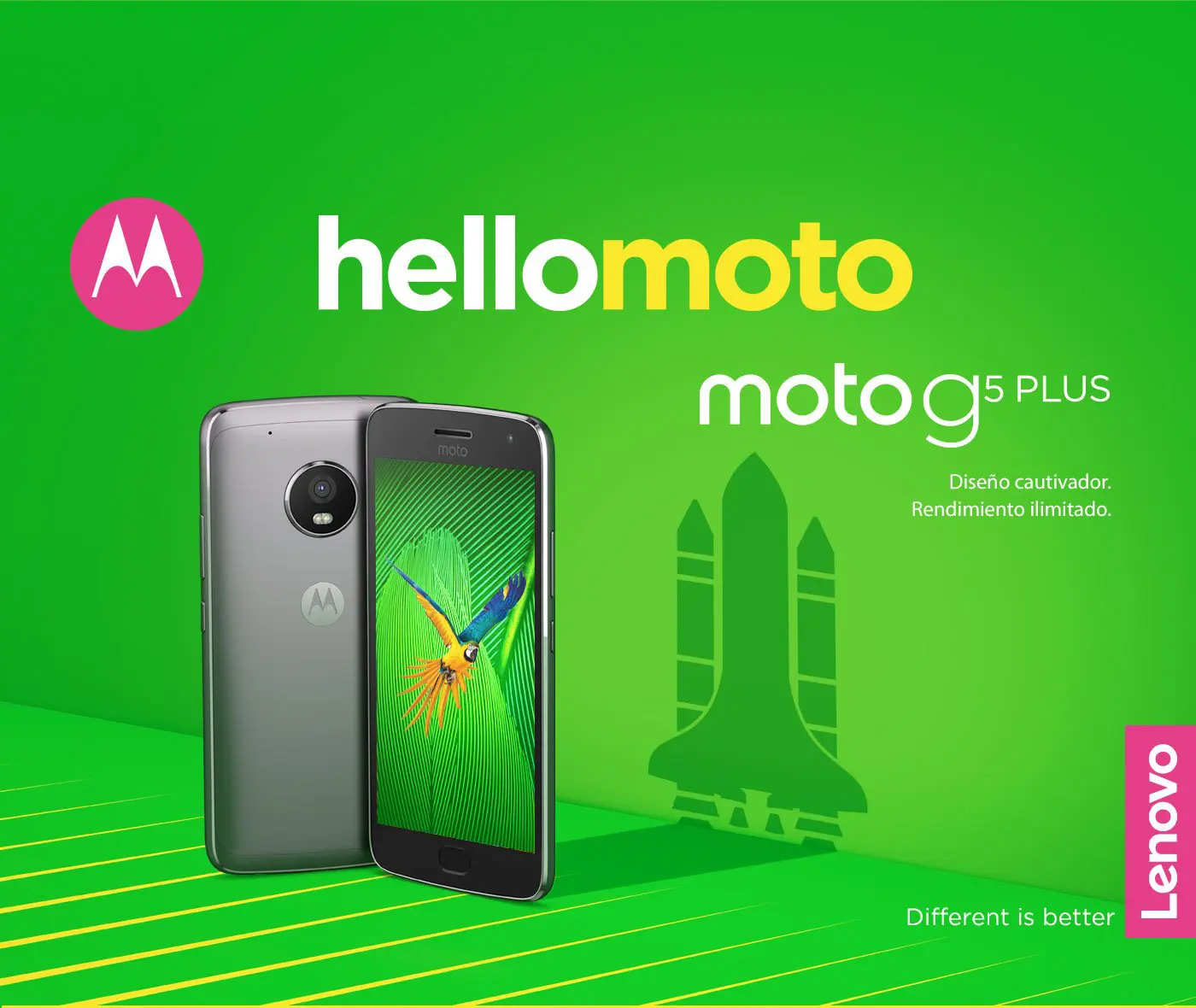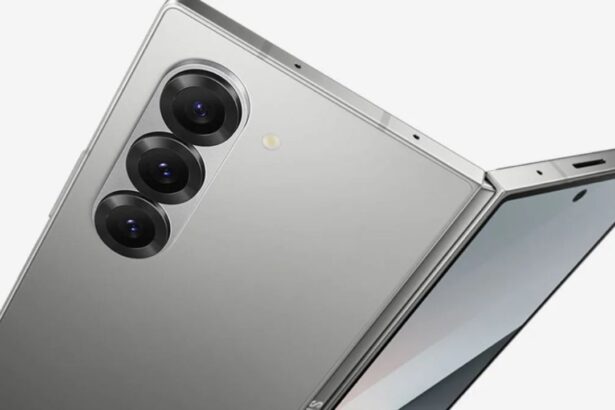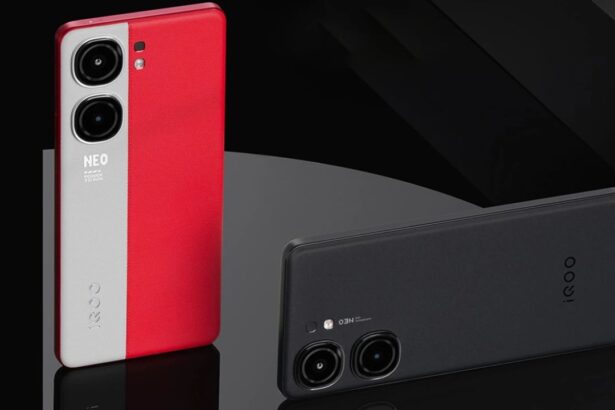After numerous leaks and rumors, Google Pixel 3 and Pixel 3 XL is finally here. Google launched their next-generation Pixel devices on October 9 in New York and the event was mind-boggling. Apart from Pixel 3 and Pixel 3XL, Google also unveiled other products like Google Home Hub and Google Pixel stand. We did a little R&D on the two newly launched third-generation of Pixel devices which will get Android version updates and security updates till October 2021 which means, for anyone who buys it, he/she will get to see Android Q, Android R, and Android S, and yes, only god and few top executives in Google would really know the official names of these Android versions before it publicly launched.
Coming back to Google Pixel devices, we now have the full and official list of specifications for these two devices thereby crushing any further rumors that may come. Here’s how the design, camera, hardware, and the conclusion would be for the newly launched Google Pixel 3 and Pixel 3 XL.
Google Pixel 3 and Google Pixel XL: Design and Display
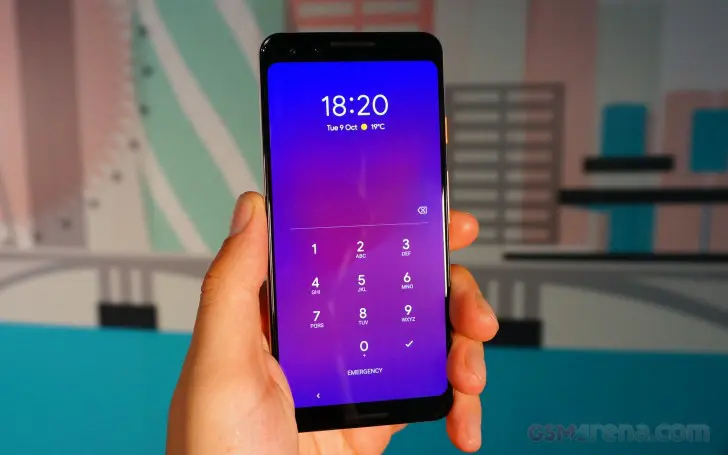
The Google Pixel 3 sports a larger 5.5-inch AMOLED display with 18:9 aspect ratio and resolution of 2160x1080px with 443 PPI. Although it is slightly smaller than the Pixel 2, it has a larger display and yes, there is no notch. The front has a Corning Gorilla Glass 5 and the bezels are thick around the edges and Pixel 3 has a considerably larger chin at the bottom. The display is little dull or lifeless but it something Google has been doing with all its previous Pixel smartphones.
Overall, the phone has a hybrid architecture with glass on front and back and an aluminum frame in the middle. Bid goodbye to the metallic back because Google has switched it with glass with metallic inlay texture that feels like metal and looks like it too but it is actually glass to facilitate wireless charging. Anyhow, you can spot two different textures overlapping at the back which is kind of a USP of Pixel devices.
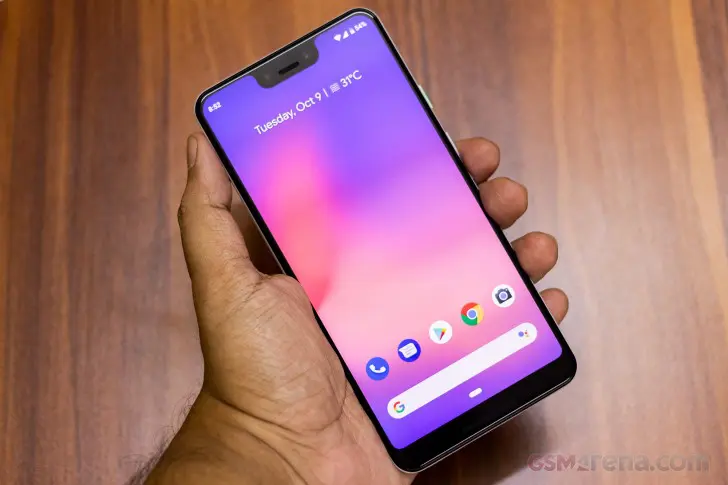
On the other hand, Google Pixel 3 XL is a larger smartphone (as the name suggests) with 6.3-inch AMOLED display, 523 PPI, and 2960×1440 pixels resolution. It shares the same hybrid architecture but the design is somewhat different. It has a humongous notch at the front which appears as if Google tried to cramp two iPhone X’s notches together. While Apple had every reason to include a good-looking notch to accommodate plenty of modules and technologies, Google managed to include a front speaker and dual camera set up at the front within the notch. To round off the story, Google hasn’t really justified why the notch is so tall when other brands are opting for smaller notches like Huawei which squeezed the size while Oppo, OnePlus managed to squeeze it to appear as a waterdrop and thus the name.
Google Pixel 3 and Google Pixel XL: Hardware & Software
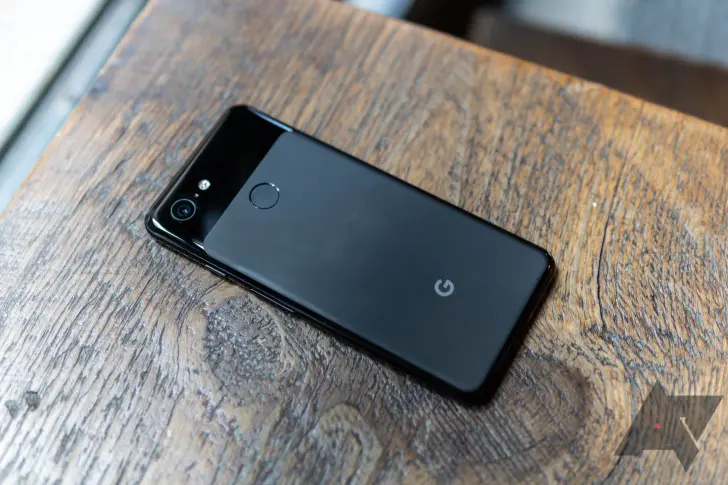
Google Pixel 3 & Pixel 3 XL has received a number of AI features which is a plus point such as new and improved Google Lens, AR Stickers or Playground, Flip to Shh (mute sounds when the phone is kept upside down), Google Duplex, and others. Both the smartphones will be running on Android Pie 9.0 out-of-the-box once they are available in few days and yes, Google has promised updates for both Android versions and security updates for the next three years that is till October 2021.
When you compared the hardware specifications of both the Pixels, you’ll find no difference apart from the battery size and a larger display. So, Pixel 3 & Pixel 3 XL hosts a Qualcomm Snapdragon 845 SoC made with a 10nm manufacturing process. It has four 2.5 GHz Kryo 385 Gold high-performance cores and four 1.6 GHz Kryo 385 Silver power efficiency cores with Adreno 630 GP, Titan M security module, and Pixel Visual Core along with 4GB RAM and 64/128GB internal storage options with no expandable memory slots.
When talking about the performance, both the smartphones were tested on GeekBench, Basemark X, and other platforms and the results are out now. When tested for GeekBench 4.1 single-core, Google Pixel 3 XL (assuming that Pixel 3 has the same specs) scored 2363 points out beating Samsung Galaxy S9+ which has a score of 2199 points while Apple iPhone XS Max has the highest 4777 points. When compared with GeekBench 4.1 multi-core, the Pixel3 XL fared higher than Huawei P20 Pro with 7712 points as opposed to 6679 points of the latter.
Since Pixel 3 has a 1080+ display as opposed to Pixel 3 XL’ QHD+ display, the former will perform better although all the specs are same. Google has tweaked the performance of the cores used a lot by either raising or decreasing the maximum frequency irrespective of when these cores can achieve maximum frequency but the major buzz kill is the RAM at 4GB while almost every flagship smartphone now offers 6GB and even 8GB RAM and since it is an Android, 4GB isn’t too good for a smartphone costing more than $700.
Google Pixel 3 and Google Pixel XL: Camera & Sample Shots
Anyhow, the biggest change one could spot is its camera assembly. Both the smartphones share the same camera assembly with a single sensor at the back and a dual-camera setup at the front. At the front, the device sports a Dual 8+8MP sensor where the main sensor f/1.8 aperture with 75-degree autofocus snapper and the secondary cam has a 97-degree wide-angle fixed focus with f/2.2 snapper. To shade light on the quality, it is good although I was able to spot a slight degree of ‘beauty filter’ on the subject although it could be mere lighting. On the back, the device sports a 12.2MP single snapper with f/1.8 aperture, 1.4micrometer pixel size, 1/2.55” with dual pixel PDAF camera which is a boost from Pixel 2’ camera which was already a great camera to use. The colors seem more natural and on the cooler side of the spectrum with less noise and details while the Pixel 2 and in fact, Samsung Galaxy S9+ had a slightly warmer color palette.




Google Pixel 3 and Google Pixel XL: Connectivity features, battery, & others
Both the smartphones come with dual-band Wi-Fi 802.11ac, 4G, Bluetooth 5.0 aptX HD, NFC, Wi-Fi Direct, USB 3.1 Type-C, GPS/GLONASS, and others. It has a rear-mounted fingerprint scanner which is perfectly placed. The battery is 2,915mah on regular Pixel 3 while the larger model gets a humongous 3,430 mAh battery with Power Delivery 2.0 quick charging that comes with the 18W adapter and yes, it has a wireless charging feature too with 15W Qi charging speeds.
Google Pixel 3 and Google Pixel XL: Conclusion
Both the third generation Pixel smartphones look alike although the XL version has an infamous tall notch which has received much criticism. The specifications are great and on par with other flagship smartphones (more or less), however, the 4GB RAM can be a major buzz kill. It does have a robust software with AI feature and a bunch of other features like the Active Edge Touch that can operate a given task when you press around the edges.
Google has maintained the distinct design with Pixel 3 & Pixel 3 XL too which is great since now every smartphone looks somewhat the same. It has a fast wireless charging support with even faster wired charging so that you can charge the phone in about an hour or so. Pixel devices have an upper hand in receiving Android updates like the Android Pie 9.0 was available for update on Google Pixel devices the same day it officially launched while others will have to wait for months to receive the update and with Pixel 3 & 3 XL, you are promised to get at most three updates till October 2021 which is again a great deal.

